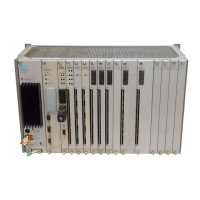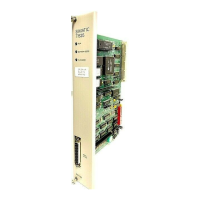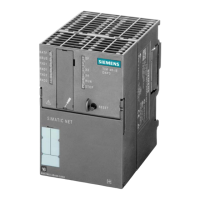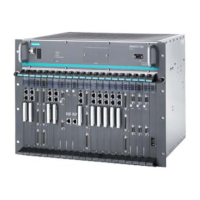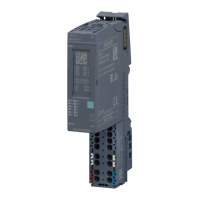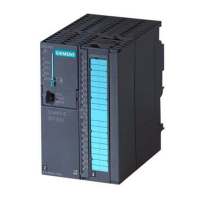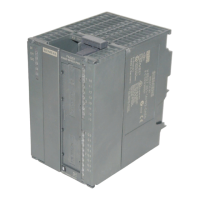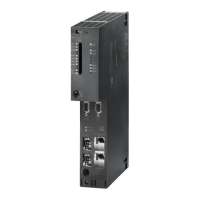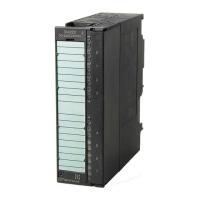Network Installation
2-11
TIWAY I Gateway User Manual
Some
disadvantages are the following.
•
Is is impractical for buildings without drop ceilings
• W
orking in high ceilings can be hazardous
•
Ceilings often collect dust and other debris
Surface
ducting
— Surface ducting for network cabling is usually
installed along the baseboards or is attached to walls at desktop height.
While surface ducting ordinarily protects cables from both physical and EMI
effects, it may also require that network computing devices be positioned
near a wall.
Aside from physical obstructions such as posts, walls, and partitions,
electrical interference should also be avoided. Some sources of interference
are the following.
•
Power distribution mains
•
Arcing motors
•
Fluorescent lighting
• Teletypes
•
Undesired signal transfer (cross-talk) between adjacent circuits
•
Poor cable-to-equipment impedance matching
In general, network cabling should never come into direct contact with any
electrical conductor
. If cabling is installed inside a conduit, the conduit
should be grounded in accordance with applicable electrical codes. Keep a
minimum of three feet of distance between all network cabling and the
following sources of noise.
•
Power lines
• Generators
•
Electric motors
•
Electric welders
• Transformers •
Induction furnaces and heaters
• Rectifiers •
All sources of microwave radiation
Obstructions
Noise A
voidance

